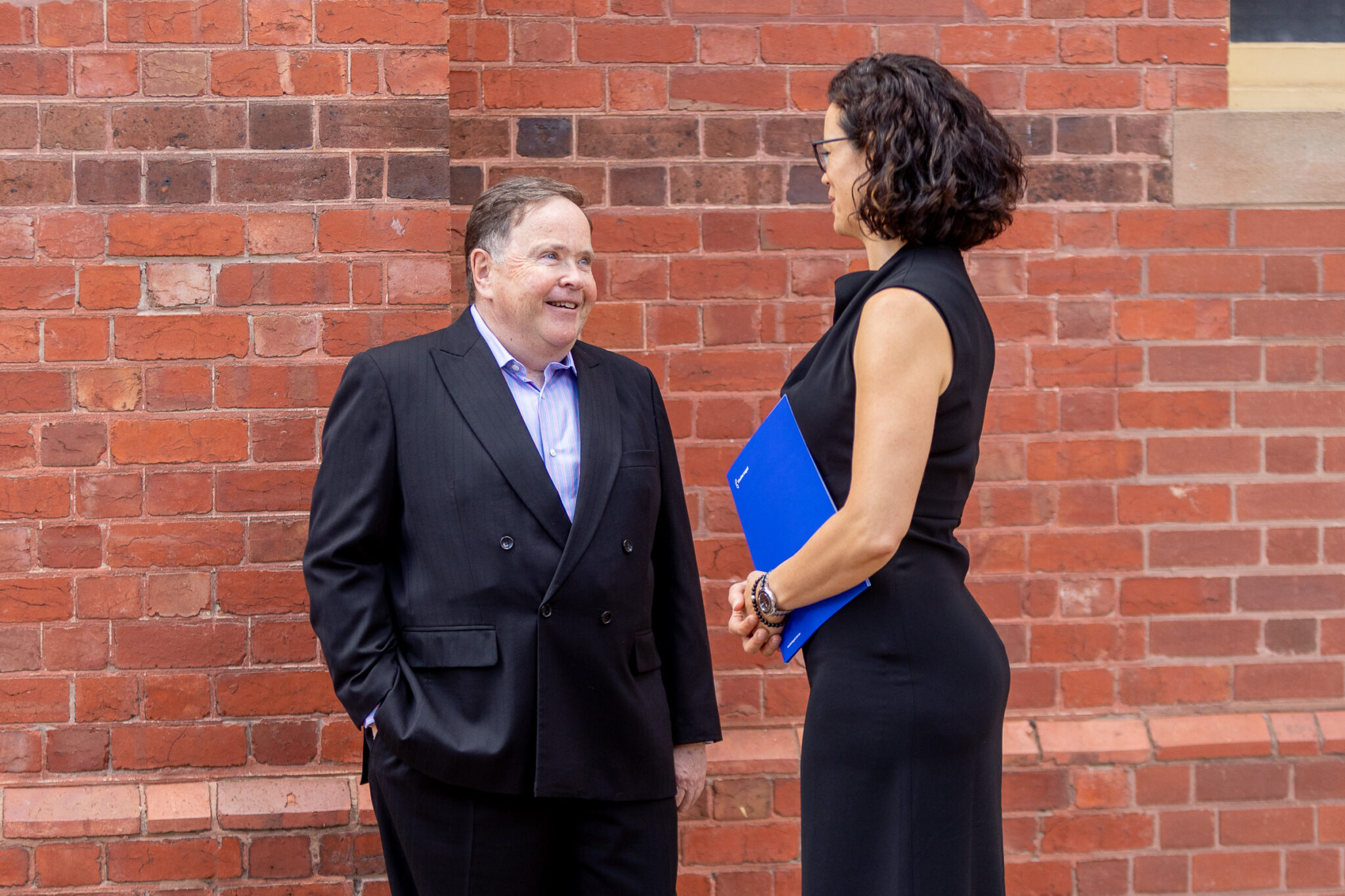We are living in a world where you cannot look in any direction without seeing someone’s brand. Maybe this is the year to think about protecting your brand.
A trade mark can be a word, logo, colour, sound, or even a scent. Trade Mark rights differ from common law rights that you may attain from “being around for a long time” or a business name registration. A common misconception in the marketplace has business owners believing that common law will protect their rights in their brand. This is not the case, and it can be a very expensive and difficult journey to reach an unsatisfactory outcome. The best way to protect your brand is to obtain a trade mark registration. A trade mark registration can also protect you against other entities pursuing you for infringement of their rights, if they consider your brand to be similar to theirs.
Trade marks are also effective marketing tools, as your business gathers momentum, the goodwill and reputation attaches to your brand. When your brand is a registered trade mark, you will then have the exclusive right to use your mark and should someone attempt to “pass off” your goodwill, you will have grounds to enforce your legal right of exclusive use.
Trade Mark law is complex and easily misunderstood. To give you an insight to the basics, Trade Marks can be registered in 45 different classes of goods or services. For example, class 9 covers items such as software; class 32 covers goods such as drinks; and class 25 covers all types of clothing, footwear and headgear.
Once an application for a trade mark is lodged with IP Australia, the Trade Marks Office will examine the trade mark to ensure it complies with the provisions of the Trade Marks Act 1995 (Cth). For example:
- The Trade Marks Office will check to see if there are any other trade marks already registered or applied for that are substantially identical, or deceptively similar to the mark you are trying to register.
- The Trade Marks Office will also assess whether the mark you are aiming to protect is actually registrable under the Trade Marks Act 1995 (Cth), for example, they have restrictions on surnames or geographical names being used as trade marks.
If IP Australia does have an objection, it is not the end of the road. There are a number of ways that an objection can be overcome. Coulter Legal have the expertise to assist in this regard.
Once the Trade Marks Office is satisfied that your trade mark can proceed to registration, it will advertise the trade mark for two months. During these two months, third parties have an opportunity to oppose the registration of your mark.
Once the two months has expired and your trade mark is registered, you have the ability to use the ® symbol next to it, and enjoy the entitlement of exclusive use of your registered mark.
Trade mark registration lasts for ten years, at which point you may renew the trade mark by simply paying a fee that IP Australia prescribes.
The road to a trade mark registration can be difficult to navigate. We can help you decide whether the trade mark you wish to protect entails any risk, how to mitigate any risk and assist in obtaining trade mark registration. Once you have a trade mark registration, we can also assist you to enforce your rights.
If you require advice or further information in relation to any of the matters discussed in this article, please contact our Corporate & Commercial team on 03 5273 5273.












